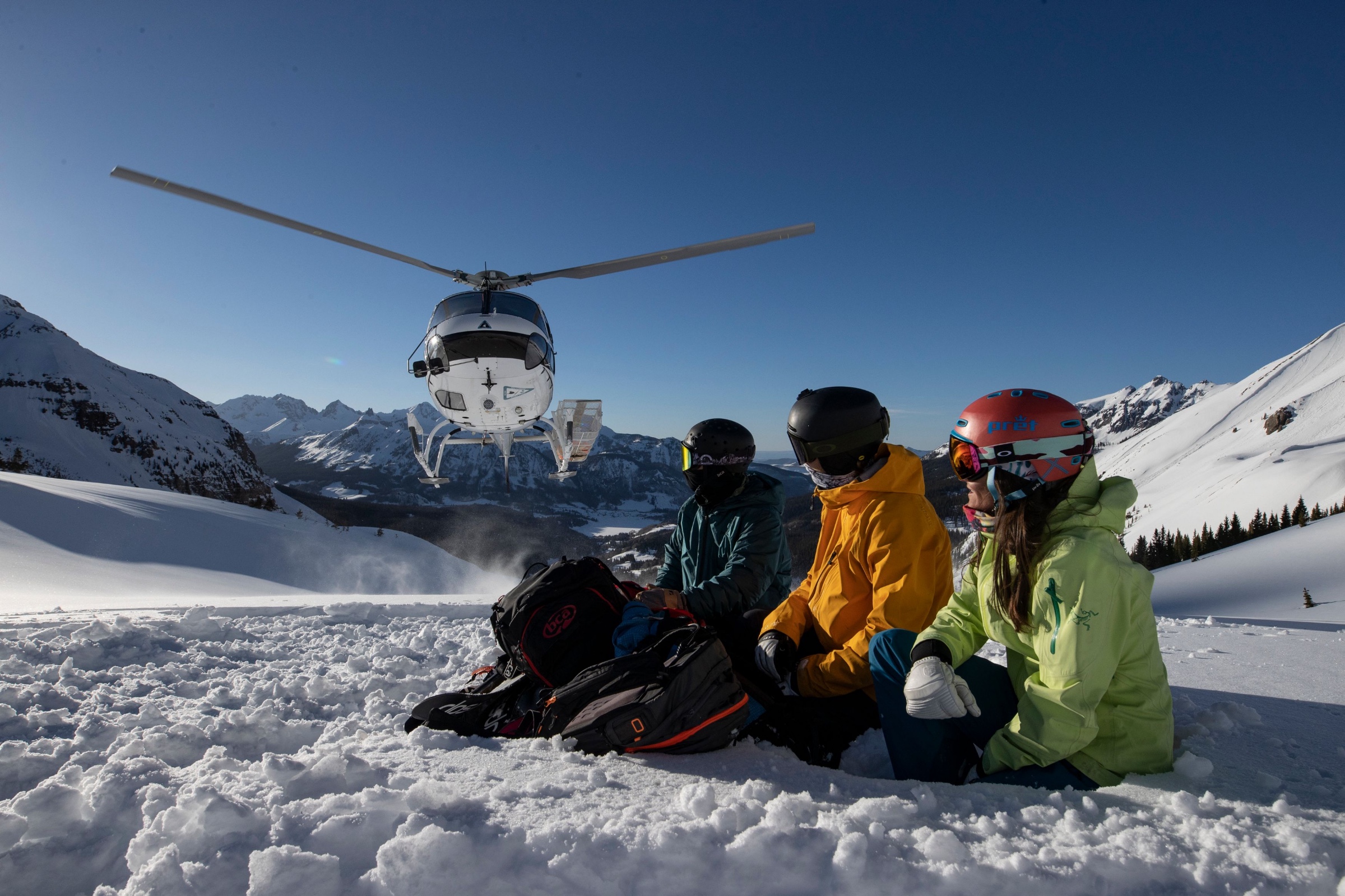Index Surge: Amplifying Your Insights
Stay updated with the latest trends and news across various industries.
Ski Like a Pro Without Breaking a Leg
Master the slopes with expert tips to ski like a pro while staying safe. Discover the secrets to a thrilling and injury-free skiing experience!
Essential Skiing Techniques for Beginners: Master the Slopes Safely
As a beginner skier, mastering the slopes safely is crucial for both enjoyment and skill development. Understanding essential skiing techniques can significantly enhance your confidence and ability on the mountain. Start by getting familiar with the basic stance: keep your knees slightly bent, weight centered over your feet, and arms positioned in front of you. This balanced posture allows for better control and agility when navigating different terrains. Always remember to look ahead rather than down at your skis, as this helps in anticipating changes in the slope and finding the best path to take.
Another key skiing technique involves turning. Beginners should practice the pizza and french fries techniques for slowing down and changing direction. To create a wedge (pizza), point your ski tips together and push the tails apart, which helps in controlling speed. For turning, shift your weight onto the ski you want to turn towards while gently leaning in that direction. Consistent practice of these techniques will not only improve your skiing efficiency but also increase your safety on the slopes. Remember, taking lessons from qualified instructors can further refine your skills and ensure you master the basics effectively.

Top 10 Tips for Preventing Ski Injuries: Stay Safe While Having Fun
When hitting the slopes, safety should always be your top priority. Here are 10 essential tips for preventing ski injuries:
- Warm Up: Start with a gentle warm-up to prepare your muscles and joints for the physical demands of skiing.
- Check Your Gear: Ensure that your equipment is in good condition and suitable for your skill level. Properly adjust your bindings to minimize risks.
- Understand Your Limits: Ski within your ability. If you're a beginner, stick to easier runs until you build confidence.
- Take Lessons: Consider skiing with a qualified instructor to develop the correct techniques and improve your skills.
- Stay Hydrated: Drink plenty of water to maintain your energy levels and prevent fatigue, which can lead to accidents.
Avoiding run-ins with other skiers is crucial for staying safe. Here are more tips to keep you injury-free:
- Follow the Rules: Adhere to all posted signs and ski patrol directives to avoid dangerous areas.
- Be Aware of Your Surroundings: Always be on the lookout for other skiers and obstacles on the slopes.
- Use Proper Techniques: Master basic skiing techniques, such as carving and turning, to maintain control as you navigate different terrains.
- Rest Regularly: Take breaks to recover and reduce the risk of overexertion.
- Invest in Protective Gear: Consider wearing helmets, knee pads, and wrist guards to minimize injury severity.
How to Choose the Right Gear for Skiing: A Guide to Equipment and Safety
Choosing the right gear for skiing is crucial for both performance and safety on the slopes. Start by prioritizing safety equipment, which includes helmets, goggles, and appropriate ski clothing. A well-fitted helmet is essential to protect your head from potential injuries, while quality goggles will enhance your visibility during varying weather conditions. It's also important to choose insulation layers that keep you warm and comfortable, as well as waterproof outer layers that shield you from snow and moisture.
Next, focus on selecting the proper ski equipment, which consists of skis, boots, and poles tailored to your skill level and the type of skiing you intend to do. Beginners may opt for shorter, softer skis that are easier to control, while advanced skiers might prefer longer and stiffer models for better performance. Be sure to get properly fitted boots, as they play a vital role in your overall comfort and control. Lastly, don’t forget to check your bindings and ensure they are adjusted according to your weight and skill level to enhance safety on the slopes.